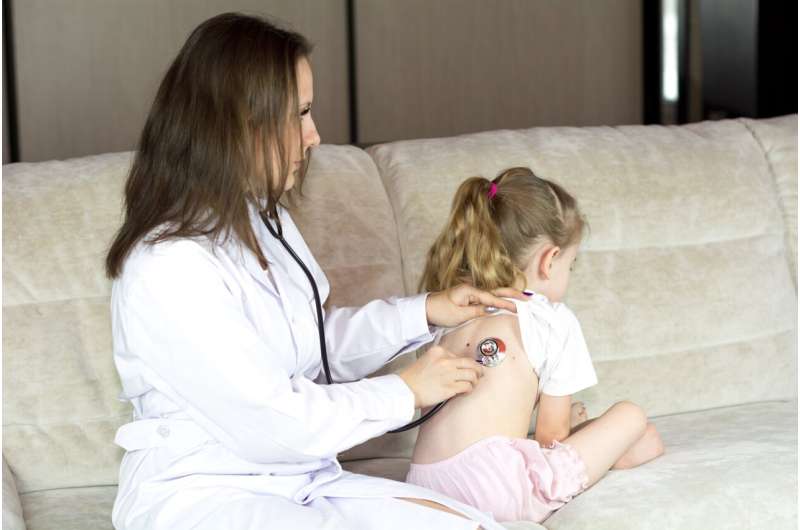Understanding Measles: Transmission, Risks, and Prevention Strategies

Learn about how measles spreads, its risks, symptoms, and the crucial role of vaccination in preventing outbreaks and protecting public health.
Overview of Measles
Measles is an extremely contagious viral disease that primarily affects children but can infect individuals of any age. Caused by the measles virus, it remains a significant public health concern worldwide, especially where vaccination coverage is low.
How Measles Spreads
The virus spreads easily through the air when an infected person breathes, coughs, or sneezes. It can linger in the environment for hours, increasing the likelihood of transmission. The contagiousness is notable—on average, one infected individual can transmit the virus to approximately 15 others.
Symptoms and Progression
Initially, measles starts with symptoms like high fever, runny nose, cough, red watery eyes, and sore throat. A distinctive rash then develops three to five days later, beginning as flat red spots on the face and spreading downward across the body. Fevers can spike over 104°F during this phase. Although often self-limiting, measles can lead to severe complications.
Complications and Risks
While many recover, measles can cause serious health issues. Common secondary infections include ear infections and diarrhea. In unvaccinated individuals, particularly children, complications such as pneumonia and encephalitis (brain swelling) occur frequently. About 1 in 20 children with measles may develop pneumonia, and 1 in 1,000 could experience neurological damage. The disease can be fatal in some cases.
Prevention Measures
The most effective way to prevent measles is through vaccination with the MMR (measles, mumps, rubella) vaccine. It's typically administered in two doses—first between 12-15 months of age, and second between 4-6 years. The vaccine is safe and highly effective, providing lifelong immunity in most cases.
Current Trends and Public Health Concerns
In recent years, measles outbreaks have increased in the U.S. and around the world, partly due to declining vaccination rates driven by hesitancy or misinformation. Since the start of the year, more than 1,000 cases have been reported across 30 states. Outbreaks are common in schools and daycare centers, where unvaccinated children are exposed.
Recommendations for Adults
Most adults vaccinated in childhood retain immunity, but those living in outbreak areas or with uncertain vaccination histories may consider booster doses. Healthcare providers can check antibody levels and recommend revaccination if necessary.
Conclusion
Maintaining high vaccination coverage and awareness of measles symptoms are critical to controlling the spread of this preventable disease. Vaccination remains the cornerstone of prevention, safeguarding individual and community health.
Source: MedicalXpress
Stay Updated with Mia's Feed
Get the latest health & wellness insights delivered straight to your inbox.
Related Articles
Immune Cells Derived from Stem Cells May Reverse Age-Related Brain Changes and Alzheimer’s Signs
New research shows that youthful immune cells derived from stem cells can reverse signs of brain aging and improve memory in mouse models, promising potential therapies for neurodegenerative diseases.
Enhancing Pediatric Specialty Care Access Through E-Consults
A groundbreaking study at UC Davis demonstrates that pediatric e-consults improve access to specialty care, reduce wait times, and enhance healthcare efficiency for children across the country.
Shift in Health Trends: Asian Americans No Longer the Healthiest Older Racial Group in the U.S.
A new study reveals that U.S.-born Asian Americans are no longer the healthiest older racial group, with health disparities emerging despite previous advantages, highlighting the need for focused research and intervention.
Innovative AI Tool Enhances Data Fairness and Accuracy to Advance Healthcare Algorithms
Mount Sinai researchers develop AEquity, a groundbreaking AI tool that detects and reduces biases in health datasets, improving the accuracy and fairness of medical algorithms for better patient outcomes.



